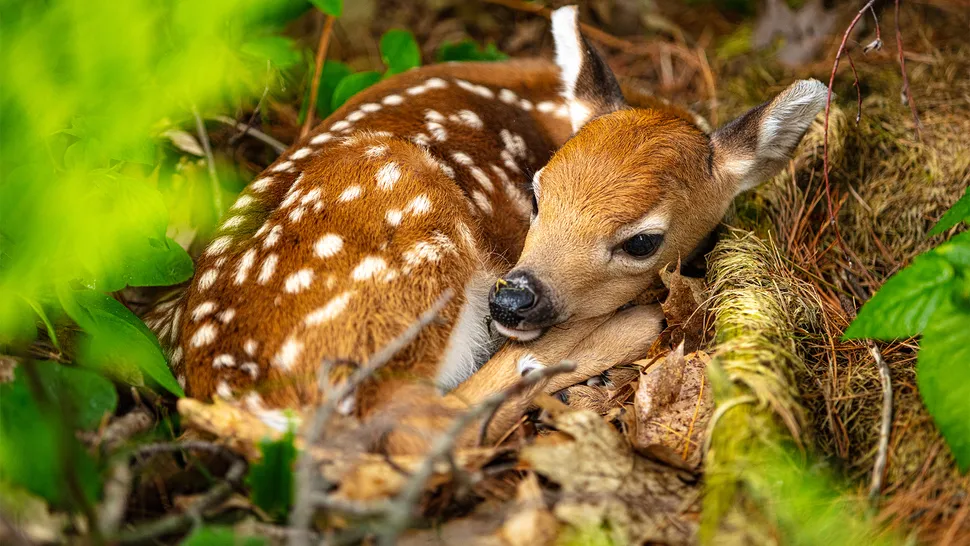The young members of various species often adopt a strategy of hunkering down to evade potential predators, and spots emerge as a remarkable form of camouflage in this endeavor.
Throughout the expansive realm of the animal kingdom, we encounter a fascinating pattern: numerous species give birth to offspring adorned with spots, ranging from the graceful deer and swift cheetahs to the diverse avian and aquatic inhabitants. Surprisingly, even species not conventionally associated with spots, such as lions, showcase this pattern in their infancy, only to shed it as they mature.
The quest to understand the purpose behind these spots and why specific species possess them unveils a captivating tale. Although no comprehensive study has systematically traced the evolutionary origin of spotted baby animals, evolutionary biologist Kiyoko Gotanda from Brock University in Ontario suggests that the prevalence of this phenomenon is likely due to its effectiveness as camouflage. The utility of spots in concealing vulnerable offspring from potential predators has led to the emergence of this feature through convergent evolution. In this process, disparate lineages independently evolve similar traits, demonstrating that the advantages of spots in terms of survival have been recognized and adopted across various species without a shared ancestral link.
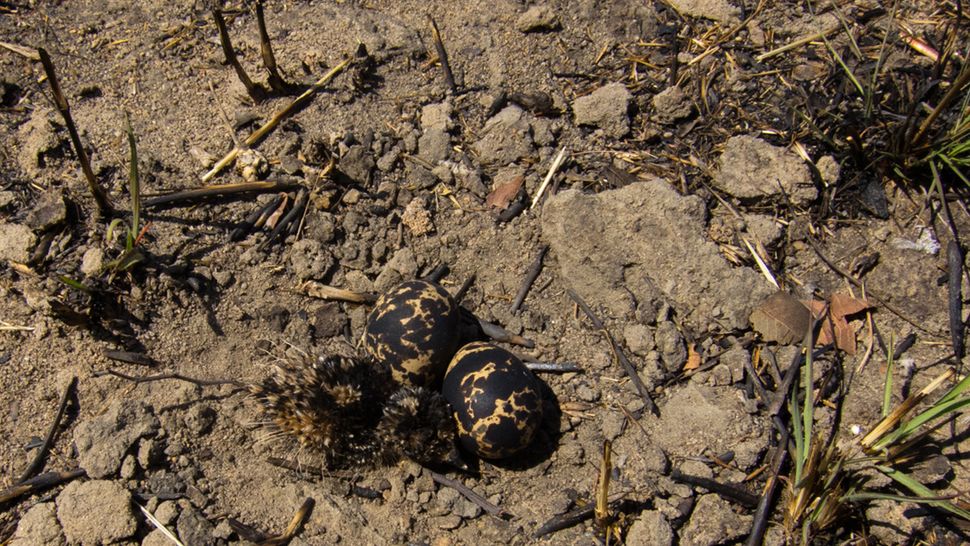
Ground-nesting birds, like the bronze-winged courser, lay spotted eggs that hatch into chicks with matching spots, providing natural camouflage against predators. This clever adaptation enhances their survival in the wild.
“Clearly, nature places a premium on safeguarding the young,” observed Gotanda. “If rendering them inconspicuous through spotting is one facet of this strategy, it makes sense that such an adaptation would emerge across diverse taxa.”
The prevalence of spotted offspring appears to thrive in habitats characterized by three-dimensional complexity, like the enchanting realms of grasslands and forests, according to Gotanda. Conversely, this trait is less common in landscapes with a monotone or featureless aesthetic, such as the expansive openness of tundra or the pristine expanses of pack ice. Consider baby seals born on pack ice, initially graced in pure white, only adopting spots upon venturing onto rocky beaches. In habitats adorned with cover, spots cleverly mimic the dance of sunlight filtering through leaves or tall grass, fashioning a visual illusion that seamlessly integrates the animal with its surroundings.
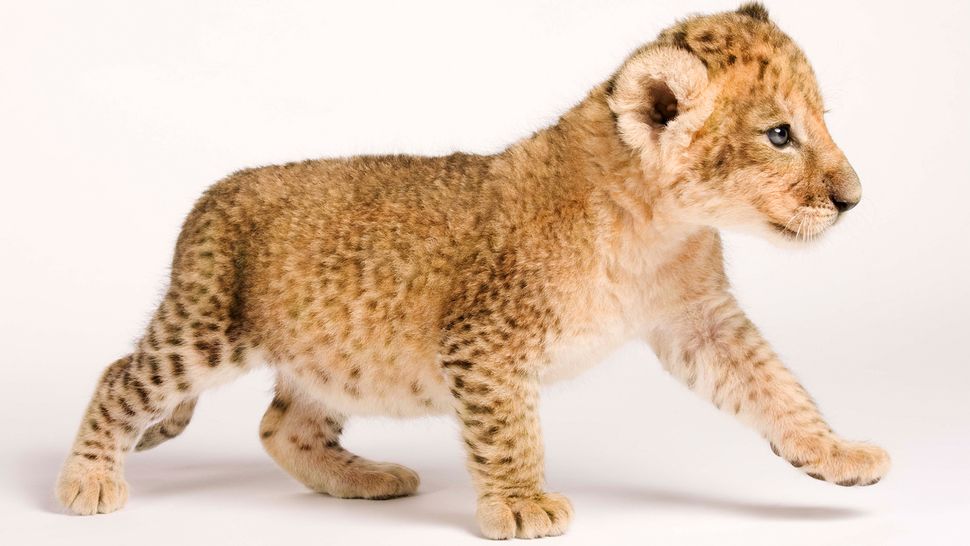
In contrast to their fully mature counterparts, lion cubs exhibit distinctive spots.
“While not as conspicuous as the transformative patterns seen in creatures like stick insects nor as disruptive to their silhouette as the iconic stripes of zebras, spots contribute three-dimensional cues that enhance the blending capabilities of certain species,” explained Sönke Johnsen, a sensory biologist at Duke University specializing in camouflage.
In a less common scenario, spots take on a different role, helping juveniles attract attention. Consider the young garibaldi, the neon-orange marine fish residing in kelp forests along the California and Mexico coasts. Their vivid blue spots serve as signals of their subordinate status to territorial males. As these fish progress in age and navigate the intricacies of their social hierarchy, the once-prominent spots gradually fade into the background.
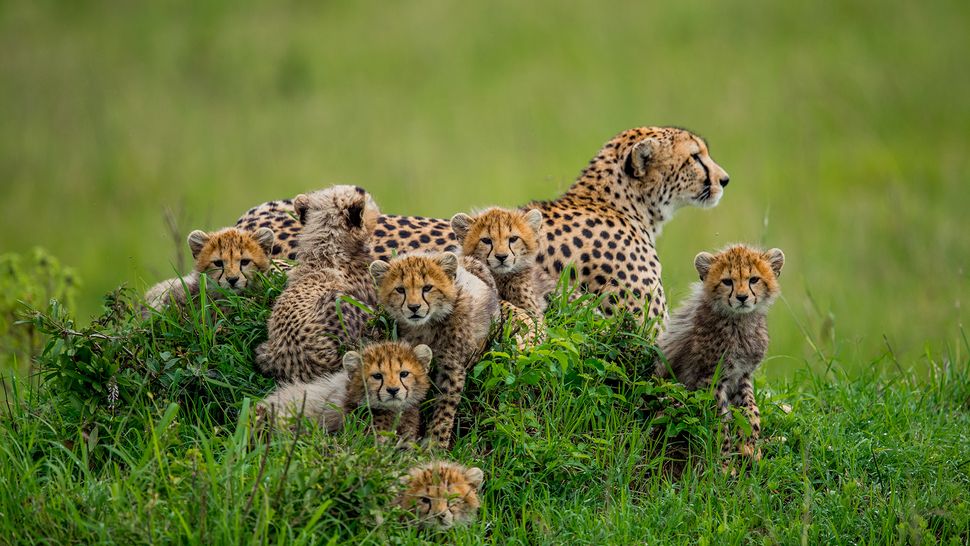
In reality, numerous species outgrow their spots, and the underlying reasons remain somewhat elusive. According to Johnsen, conventional wisdom suggests that patterns are generally considered more energetically costly to produce than a single, solid color. Surprisingly, spots, especially white ones, are relatively low-energy features since they don’t necessitate pigments. Despite this, the factors contributing to their disappearance remain enigmatic, suggesting that there are other yet-to-be-explored reasons behind the loss of spots in certain species.
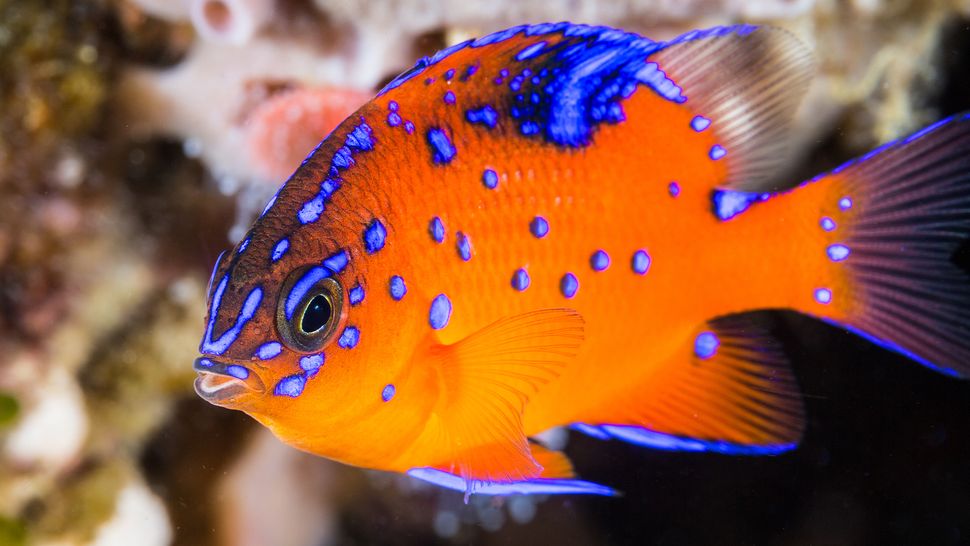
Gotanda observed that in certain instances, animals dependent on concealment during their youth tend to evolve alternative evasion strategies. For instance, deer, while initially hunkering down as vulnerable youngsters, develop the ability to outrun most predators as adults (although not every species discards their spots). Likewise, ground-nesting birds, which commonly lay spotted eggs leading to spotted offspring, eventually take to the skies for protection. Tapirs, whose young are born with both spots and stripes, adopt darkness as a shield to stay hidden and develop a distinct camouflage strategy that visually disrupts their body as they forage under the cover of night.
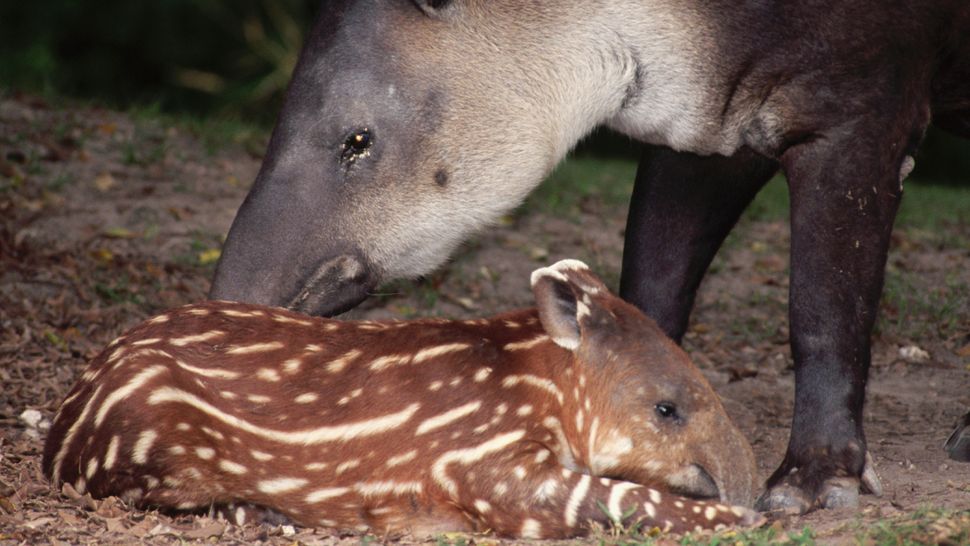
Certain species shed their spots as they age, and this transformation often occurs because their coloration takes on a new purpose. Lions, for example, are born with abundant spots that researchers utilize for individual identification. However, these spots largely fade away in adulthood. Particularly, males replace their spots with voluminous manes, serving as crucial indicators of health and fitness that aid in attracting a mate. As they transition into adulthood, the focus shifts from hiding to reproduction, with energy invested in creating elaborate sexual signals.
The reasons why a species like a cheetah retains its spots throughout its life, unlike a lion, remain unclear. Gotanda suggests it may be linked to hunting strategy. While both cheetahs and lions are ambush predators, lions employ group hunting tactics, whereas cheetahs, often hunting alone, rely more extensively on the concealing power of their spots to approach prey stealthily.
